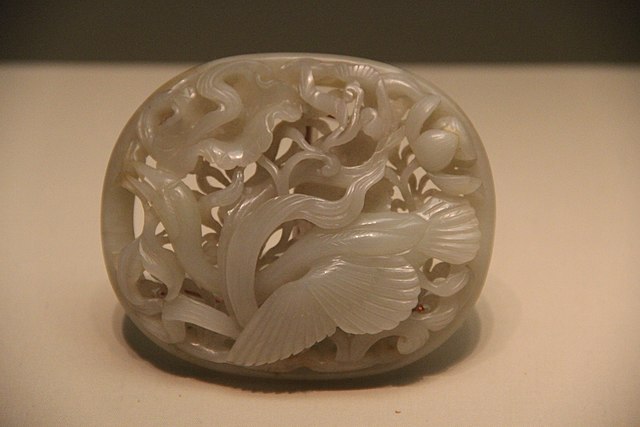Kublai Khan, also known by his temple name as the Emperor Shizu of Yuan and his regnal name Setsen Khan, was the founder and first emperor of the Mongol-led Yuan dynasty of China. He proclaimed the dynastic name "Great Yuan" in 1271, and ruled Yuan China until his death in 1294.
Portrait by artist Araniko, drawn shortly after Kublai's death in 1294. His white robes reflect his desired symbolic role as a religious Mongol shaman.
Portrait of young Kublai by Araniko, a Nepali artist in Kublai's court
Kublai Khan was chosen by his many supporters to become the next Great Khan at the Grand Kurultai in the year 1260. Kublai Khan and His Empress Enthroned, from a Jami al-Twarikh (or Chingiznama). Mughal dynasty, Reign of Akbar, 1596. Mughal Court. Opaque watercolor, ink, and gold on paper. India. Freer Gallery of Art. F1954.31 [1]
Kublai Khan in the Catalan Atlas (1375). The caption reads: "The most powerful prince of the Tartars is named Holubeim [Kubilay Khan], that means Great Khan. This emperor is richer than any other emperor in the world. This emperor is protected by twelve thousand horsemen with their four captains that stay at the court three months of the year."
The Yuan dynasty, officially the Great Yuan, was a Mongol-led imperial dynasty of China and a successor state to the Mongol Empire after its division. It was established by Kublai, the fifth khagan-emperor of the Mongol Empire from the Borjigin clan, and lasted from 1271 to 1368. In Chinese history, the Yuan dynasty followed the Song dynasty and preceded the Ming dynasty.
Kublai Khan, founder of the Yuan dynasty
The Bailin Temple Pagoda of Zhaoxian County, Hebei Province, built in 1330 during the Yuan dynasty
A Yuan dynasty jade swan
A Yuan dynasty blue-and-white porcelain dish with fish and flowing water design, mid-14th century, Freer Gallery of Art




![Kublai Khan in the Catalan Atlas (1375). The caption reads: "The most powerful prince of the Tartars is named Holubeim [Kubilay Khan], that means Grea](https://upload.wikimedia.org/wikipedia/commons/thumb/e/e9/Kublai_Khan_in_the_Catalan_Atlas_%281375%29.jpg/372px-Kublai_Khan_in_the_Catalan_Atlas_%281375%29.jpg)


